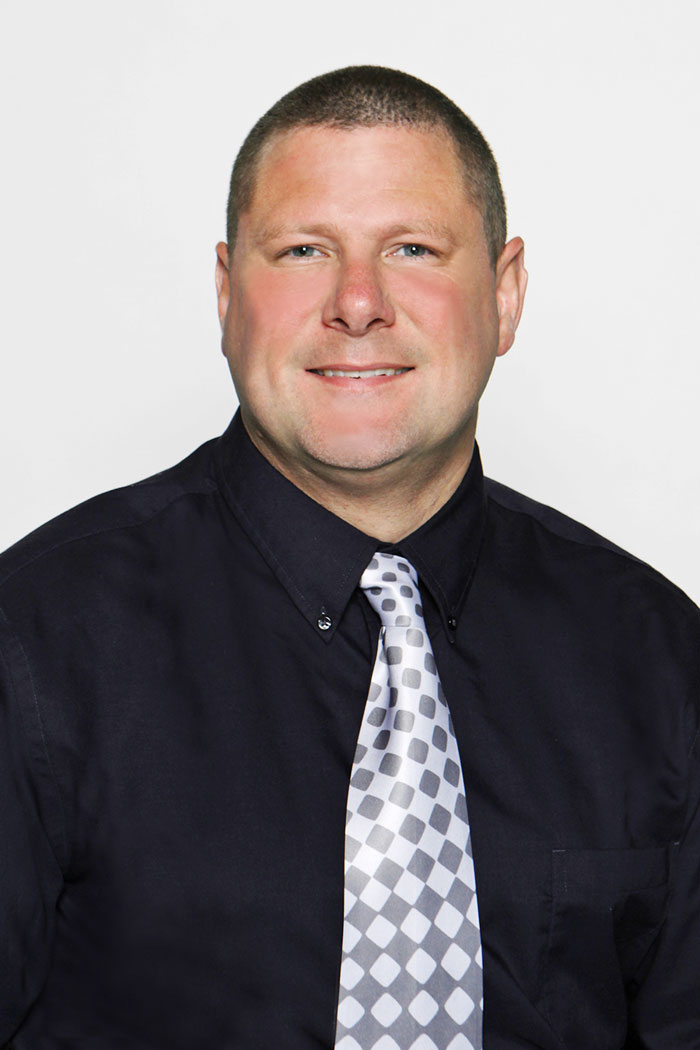Grants Fund Research in 3-D Printing
Last Updated on May 30, 2017 at 12:00 AM
Originally published May 30, 2017
By UC Staff
UTEP Communications
Two research projects will explore new frontiers in electrical engineering that is enabled by 3-D printing. Both will be under the direction of Raymond C. Rumpf, Ph.D., Schellenger Professor in the Department of Electrical and Computer Engineering and Director of the EM Lab at UTEP.

The first project involves a two-year investigation into how 3-D printing can be used to advance RF (radio-frequency) sensor system technology. Rumpf and student researcher Gilbert Carranza will utilize $200,000 from the Air Force Research Laboratory to explore high-frequency circuits and to develop a methodology to manufacture periodic structures onto curved surfaces.
“When you have a 3-dimensional circuit, you have to route signals around the three dimensions and it must be accomplished in ways that have never been done before,” Rumpf said. “We need to invent what that will look like and how to build it by 3-D printing.”
The second project involves research with a proprietary company to demonstrate spatially variant anisotropic metamaterials (SVAMs) in a multiple-input/multiple-output (MIMO) antenna configuration. The purpose is to reduce the mutual coupling between the antennas which seriously limits performance and how small they can be made. Utilizing an $84,000 grant, Rumpf and student researcher Edgar Bustamante started in January by studying the basic physics of anisotropic metamaterials. The remaining tasks will be to incorporate and simulate the MIMO configuration in a realistic setting such as around human body parts like hands and head.
“If we have very tightly packed electrical devices, the devices will be very close to each other and you get noise and interference and bad things happen,” Rumpf explained. “We discovered that if we put bumps and grooves and holes in the plastic between the antennas, or between the electrical components, we can fix the electromagnetic problems. It’s quite a revolutionary technology.”
Three patents related to the technology have been developed at UTEP and a license agreement is in place to mature the technology.
“Suddenly your batteries are going to last twice as long in your cell phone, much higher data rates can be achieved, and there will be many more applications for this technology,” Rumpf said.
Research on this project is expected to be complete in December 2017 and is very close to commercialization.
Rumpf is a pioneer in 3-D printing of high-frequency circuits and electromagnetic devices. His mission at UTEP is to develop revolutionary technologies that are enabled by 3-D printing. He founded the EM Lab in 2011 and his team has already delivered an array of significant breakthroughs, including the world's highest power frequency selective surface, the world's most broadband all-dielectric filter, the world's tightest bend of an unguided optical beam, SVAMs and more.